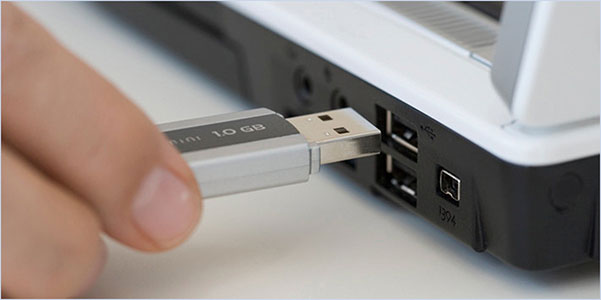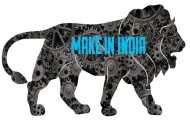The development of powerful, ultra-low cost computing will accelerate the development of the Internet of Everything and the risks associated with it.
A kickstarter campaign to launch a computer costing just USD9 is another important milestone on the road to hyper-connectivity, creating risks and opportunities for insurers.
The C.H.I.P. is a tiny computer equipped with a 1 GHz ARM processor, 512 MB of DDR3 RAM, 4 GB of storage, and Bluetooth connectivity, all in a package smaller than a box of cigarettes. It runs on a Debian Linux operating system, is designed to work with most monitors and keyboards, and comes pre-loaded with a number of apps and a web browser.
The device is entering a market that already includes the Raspberry Pi, BeagleBone Black and Arduino, small computers which are increasingly being used by hobbyists and businesses to connect sensors, switches and relays across what is becoming known as the Internet of Everything. What is remarkable about the C.H.I.P., however, is its price point, roughly a quarter of its competitors, marking a major step in the mass production of these tools.
That has investors scrambling to jump on the bandwagon, with nearly 18,000 people contributing over USD 900,000 within just a few days of the launch of the initial kickstarter campaign, which had a target of just USD 50,000.
Regardless of the projects success, it also has enormous implications for the insurance industry. The dwindling cost of connectivity is likely to accelerate the rate at which new devices connect to the internet.
One with everything
This hyper-connectivity will generate enormous volumes of data, which will allow businesses and insurers to generate far more granular insights into their business requirements and the risks that they face.
At the same time, a rapid increase in the number of devices connected to the internet will create new vectors for cyber-attack, generating significant volumes of highly sensitive data while also potentially creating new hazards as hackers will be able to directly interact with a range of new devices, from fridges to shipping manifests and safety sensors.
As a recent report by the ESADE Center for Global Economy and Geopolitics and Zurich Insurance Group illustrates, the global governance framework in place to manage these risks is woefully inadequate, so businesses will need to develop their own robust risk management frameworks to build resilience against attacks.
Access for everybody
Another benefit of this cheap technology is that it makes internet access more affordable for people on a low income. The C.H.I.P., for example, is being offered in a USD 35 mobile handset.
This kind of connectivity is a vital tool for delivering financial services and the protection of micro-insurance to a greater number people on low incomes around the world.












1 Comments
Tara Nath Ghimire
Tara Nath Ghimire liked this on Facebook.